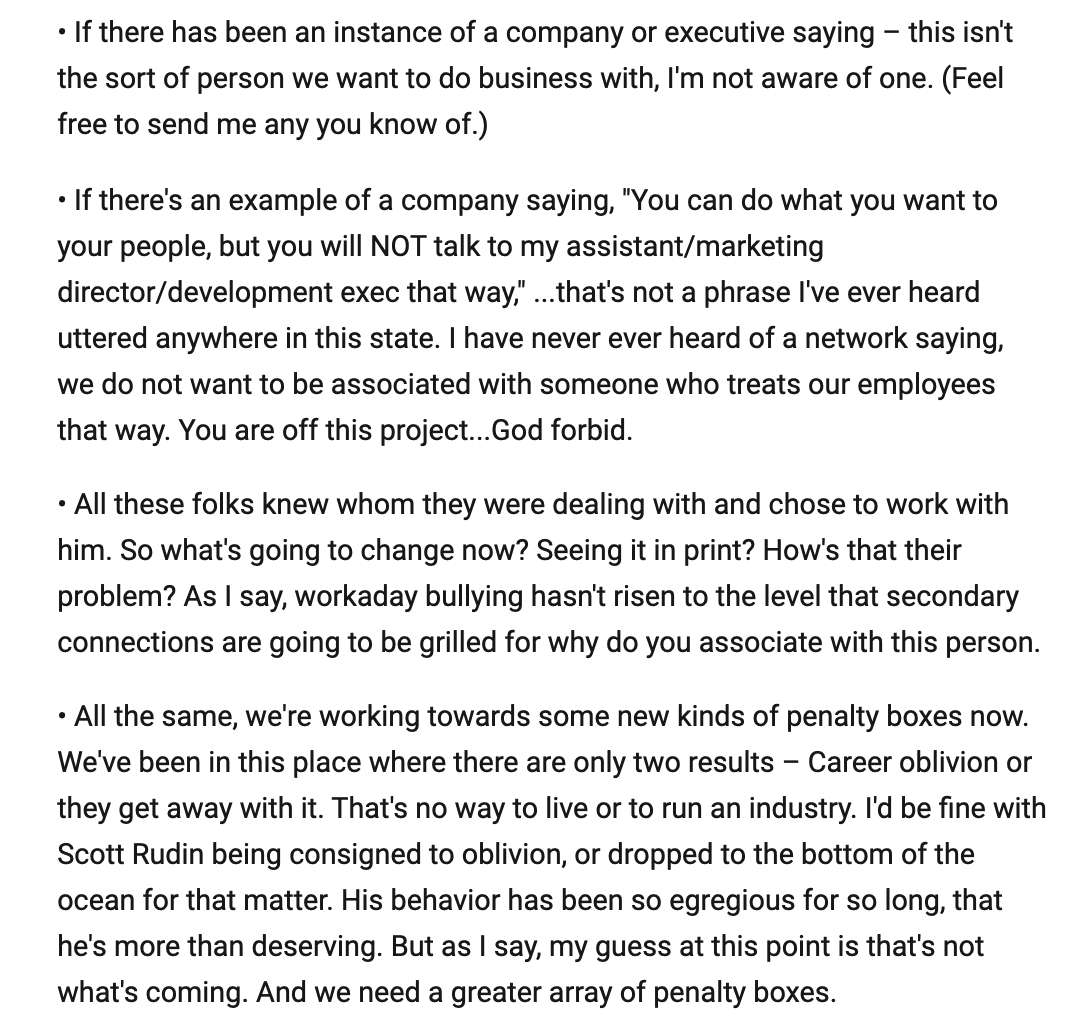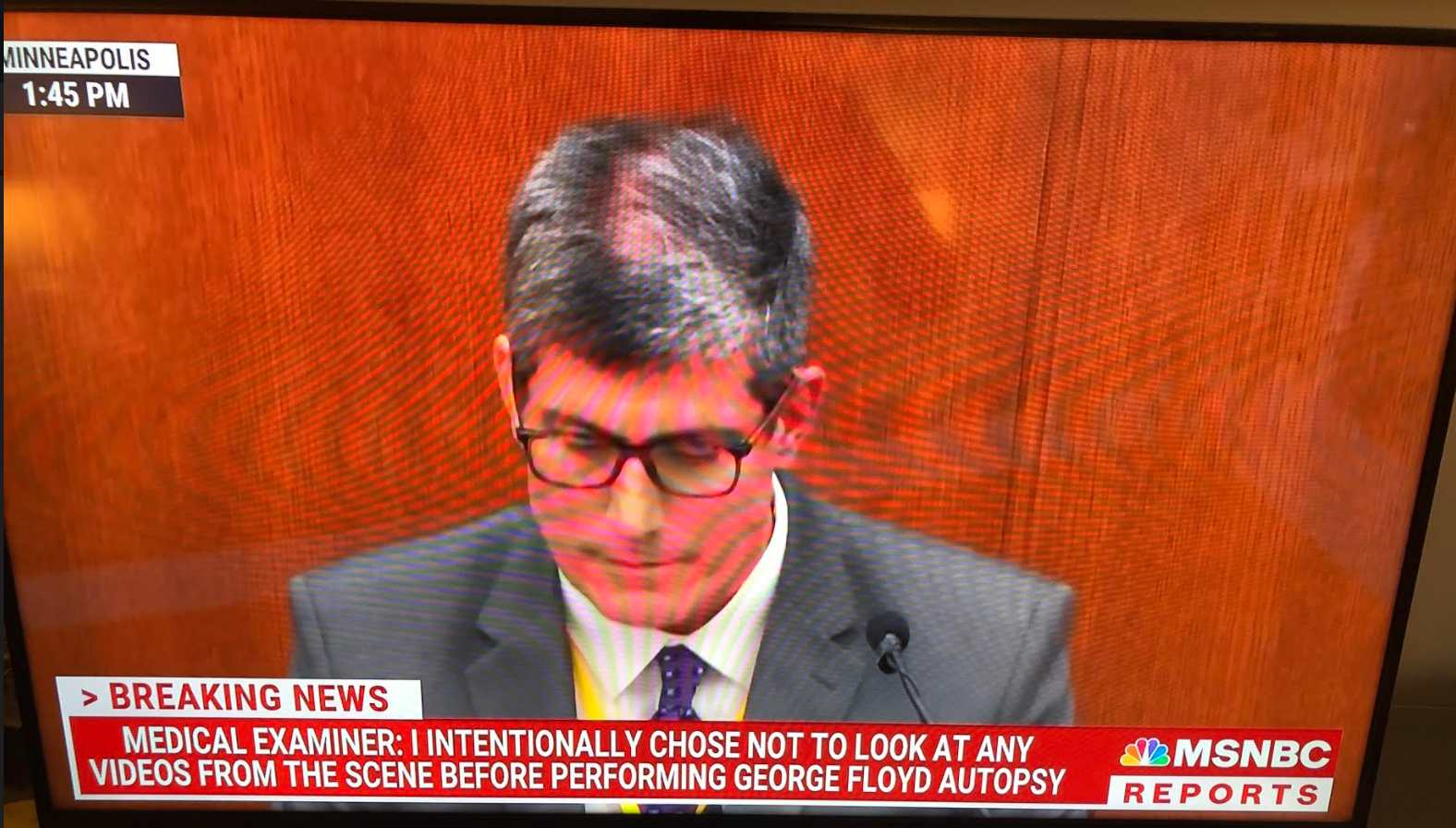I know Nomadland will almost certainly win the Best Picture Oscar. I have no problem with this as I know (along with everyone else) it’s a first-rate, Grapes of Wrath-like film, despite the inscrutable WTF ending and the outdoor bucket-shitting.
But it depresses me nonetheless, and I can’t even explain why. All I know is, I want a movie that doesn’t feature bucket-shitting to win the big prize…inane as that sounds. And I’m all gloomed out about what will probably happen despite what my preference may be.
In my mind, Nomadland helmer Chloe Zhao winning the big DGA prize tonight doesn’t mean that much as she was always going to win this…always. She had to. The Woke playbook (a woman of color, 2nd Asian director to win after last year’s Bong Joon-ho‘s Parasite triumph) demanded it. Ditto the Best Director Oscar.
Indiewire‘s Anne Thompson: “There was never any suspicion that Chloé Zhao would not win the Directors Guild of America Award for Outstanding Achievement for Direction of a Theatrical Feature Film for Nomadland. The Golden Globe, Critics Choice, and PGA winning film now heads to Sunday’s BAFTA Awards with seven chances to win again, followed by Oscar voting from April 15-20.
“Zhao is the second woman to win the DGA award (after Kathryn Bigelow for The Hurt Locker) and the first Asian woman.
“The PGA and DGA wins for Nomadland give it a clear lead in the race for Best Picture and Director”…you’re killing me, Anne!
“Overwhelmingly, the DGA winner wins the Best Director Oscar. Only eight times in 72 years has that not happened. And more often than not — 50 times — the DGA winner’s movie also wins Best Picture.” Aagghhh!








